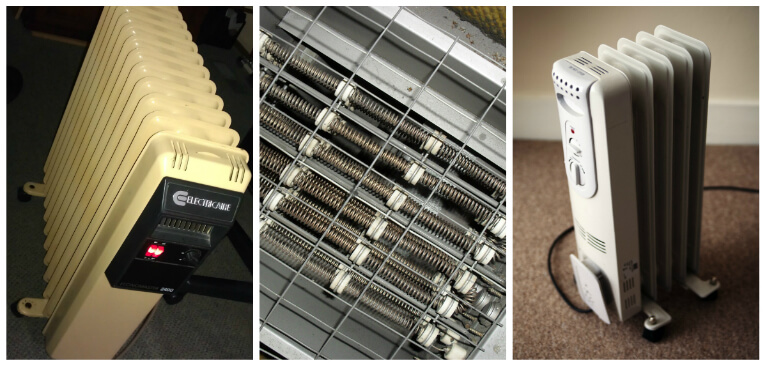Answer these simple questions and we will find you the BEST prices
Which type of solar quotes do you need?
It only takes 30 seconds
100% free with no obligation

Get up to 4 quotes from our selected suppliers by filling in only 1 form

Save money by comparing quotes and choosing the most competitive offer

Our service is 100% free and with no obligation
- GreenMatch
- Blog
- Electric Radiators Types
Electric Radiators Types
What Are Electric Radiators
For centuries, people have been in a constant search for finding new ways to provide heat to their households, from big traditional fireplaces and large radiators to cost-efficient central heating systems. Since their first emergence on the market, the electric radiators have gone through a series of technical improvements, and what used to be a bulky, heavy and an expensive ‘metal beast’, is now a cost-efficient and reliable electric heater with an improved temperature control.
To a great extent, electric radiators resemble the conventional water-based radiators. The difference lies in the fact that the former ones are using electric power instead of water for producing heat. The heat is released once electricity is passed through the radiator’s heating element - an electrical resistor; thus, it can be stated that these radiators convert electricity into heat.

How Does An Electric Radiator Work?
Electric radiators are quite compact and can be easily fitted into small and narrow rooms. Some of the radiators are using liquid coolants such as mineral oils in order to produce heat. The electric current heats up the heating element, which subsequently heats the oil inside the radiator. There are no associated risks to using oil based radiators, whereas these electric appliances are tightened hermetically in order to prevent oil leakage. In addition to this, most of the radiators are equipped with a safety system that protects the radiator from overheating.
The amount of heat that is generated by an electric radiator is controlled by a thermostat installed within the radiator itself. Nevertheless, the radiator can be purchased without a thermostat, which will make it easier to integrate it into the house’s central heating system connecting it to a boiler or to a heat pump, and be run from a common remote control post.

Electric Radiator Types
Depending on some technical characteristics and on the way the heat is distributed, electric radiators can be divided into four distinct categories:
Fan Heaters
These electric heating devices consist of two main parts: (i) the fan and (ii) the heater. The fan ensures a constant air flow through the heating element (spiral or tubular wires) that heats the air, which is later spread across the room. A built-in thermostat switches off the fan once it reaches a predetermined temperature. It may also include a fan rotation speed controlling feature, which will protect the unit from overheating during prolonged use.
The pros of an electric fan heater are mainly a rapid heating of the air, and its ability to maintain a constant temperature in relatively large spaces. Conversely, the cons of a fan heater are conditional to the amount of electricity it consumes and oxygen it burns, and also to its inability to be used in rooms with high humidity levels.

Convection Radiators
The functioning principle of a convection radiator is based on the premise that the cold air always falls to the bottom and penetrates the radiator’s lower grid. Passing through the heating elements, the air is heated, becomes lighter and rises to the top of the room. The air’s upper layers are cooled down and therefore, become heavier and fall down to the bottom, repeating the cycle again and again. The continuous movement of warm air creates a comfortable temperature and cozy environment in the room.
The convector itself consists of a metal casing with built-in heating elements, which are controlled by a thermostat or a special designed timer. It does not burn oxygen, does not dry the air, is not susceptible to moisture, is safe and easy to assemble.
Infrared Radiators
This type of radiator provides a fairly new form of heating, and its use is gaining a stronger momentum from year to year. The main difference compared with other electric heaters is that the device itself does not heat the air in the room, the heating occurs by using electromagnetic waves of a certain frequency, while keeping the radiator cold. The infrared heaters are equipped with safety sensors which will automatically turn off the device in the event of a rollover.

Oil-Based Electric Radiators
The inner space of the radiator is filled up with mineral oil. The heating element heats the oil, as it passes the heat through the radiator’s cover to the surrounding area. The heating elements are encased inside the radiator, which prevents the burning of oxygen and small dust particles. The immediate advantages of an oil based electric radiator stem from its fire safety features, noise-free operation and its increased mobility. Its most notable drawback is the fact that the radiator’s outer cover gets really hot, which leads to an uneven heat distribution throughout the room.
Fill in the form in just 1 minute
We strive to connect our customers with the right product and supplier. Would you like to be part of GreenMatch?




